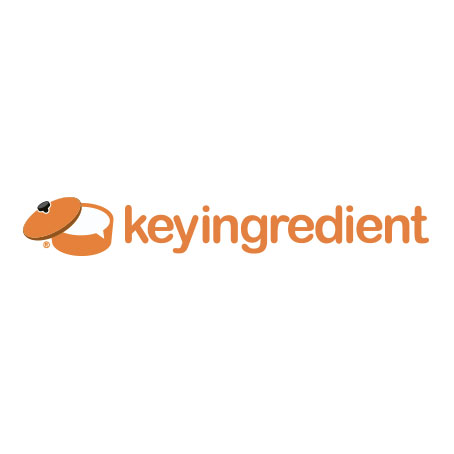Cheddar Cheese curds
By taniaf
 0 Picture
0 Picture
Ingredients
- Ingredients
- 2 to 4 gallons raw milk (I used goat milk)
- 1/4 teaspoon mesophilic culture (I used Danisco MA19, can also use MA4001)
- 3/4 of a vegetable rennet tablet, good quality*
- 1 to 2 tablespoons+ fine sea salt (I use Himalayan)
- You can also use liquid vegetable rennet. 1 teaspoon liquid equals 1 tablet of the above. If using double strength liquid rennet, use approximately 1/4 plus 1/8 teaspoon.
- Equipment
- Make sure your equipment is very clean. In other words, washed in very hot water or run through the dishwasher using a hot water wash/rinse cycle.
- stainless steel pot(s)
- additional pot for water bath (helpful in winter)
- bowl
- thermometer, plus one more for the additional pot (if using)
- cheese press
- cheese cloth
- slotted spoon
- long knife
Details
Preparation
Step 1
Put the milk in the pot and slowly warm it to 86 degrees Fahrenheit, stirring occasionally. Keep it covered to preserve heat. This sometimes takes several hours for me, because if I turn the heat up, it can go over temperature quickly. So I prefer to be patient.
Sprinkle the mesophilic culture on top of the milk. Stir in well. Very well. Cover and allow to culture for 45 minutes to an hour, keeping the temperature at 86 degrees Fahrenheit. During the summer, the burner can be off and I will put a bath towel over the pot and it stays at temperature just fine.
Meanwhile, dissolve the rennet in about 1/4 cup of water. Set aside.
After the 45 minute culturing (ripening), pour the water-rennet mix into the milk, and stir well. Cover the pot again and allow the milk to set for 30 to 45 minutes, until a firm curd forms. When you cut into it with a knife, it makes what is called a “clean break” — the curd splits where it is cut and the whey pours into the crack. You know it when you see it.
Then cut the curd into 1/2 inch cubes. Many books give precise ways to make cuts and achieve this, but I don’t think we need to be so scientific about it.
Be very gentle with the curds at this point. In fact, after cutting them, just let them sit for 5 minutes, undisturbed. Keep the cover on to keep them warm.
Then turn on the burner (if it isn’t on already) and heat the curds to 102 degrees Fahrenheit over the course of 40 minutes or so. During this time, stir gently every 5 or 10 minutes to keep the curds from sticking and make them smaller.
Keep the curds at 102 degrees Fahrenheit for an additional 30 minutes. Stir occasionally. At this point they should be more firm, even a bit stretchy. Lots of whey will be accumulating in the pot, and the volume of curds much less. If you press some of the curds together in your hand, they’ll want to hold together.
Let the curds settle at the bottom of the pot. Pour off a bunch of the whey (about 2/3 of it, more or less) into another pot or container. You can keep this raw, cultured whey for lacto-ferments or soaking where a stronger flavor works well (such as veggie ferments). Then transfer the curds to a colander, leaving the rest of the 1/3 of whey in the pot. Put the colander to nest inside the pot, so the curds are suspended over the warm whey. This begins the “cheddaring process” which gives the cheese its squeaky texture. (It really does squeak after this!)
Let the curds drain for about an hour. Cover the colander with a piece of cheesecloth and the pot lid. Keep the burner on low if necessary to keep the whey warm. During this hour, turn the slab of curds over a few times to make sure they’re draining well.
Take the slab of curds out of the colander, put it on a cutting surface, and then cut it into chunks.
Then cut the chunks into slices. Put them in a bowl and toss them with 1 to 2 tablespoons of fine sea salt. Do it to taste, but remember that some of the salt will leave with the whey that gets pressed out. So it is good to actually oversalt a bit here for good flavor.
Review this recipe